Daily life and social customs in Uganda
Daily Life and Social Customs in Uganda
In the heart of rural Uganda, the year is filled with diverse festivals and ritual celebrations, reflecting the deep traditions and rich cultural diversity of the Pearl of Africa. These celebrations range from marriage ceremonies and weddings to newborn celebrations, baptisms, and family gatherings.
These events form an essential part of the fabric of daily life. As is the case in many agricultural societies, the agricultural year is associated with a number of important events that require concerted social efforts and the exchange of hospitality.
At the national level, Uganda has official holidays, Christian and Islamic feast days, and pivotal events that have shaped Ugandan national history, such as Martyrs' Day on June 3, Heroes' Day on June 9, and Independence Day on October 9.
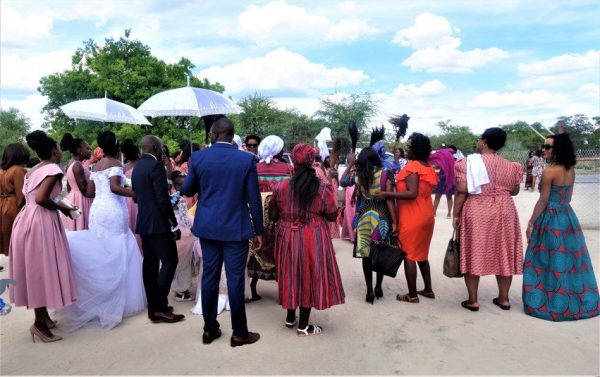
Ugandan Cuisine
Ugandan cuisine is characterized by a diverse diet, which varies according to geographical region. In the south, matooke, a type of plantain cooked in stews and curries, is a staple food.
A legend in the Buganda kingdom tells that Kintu, the first human on Earth, planted a matooke tree as a gift for his descendants. Along with matooke, sweet potatoes, Irish potatoes, and cassava are also consumed, along with a wide variety of vegetables.
In contrast, people in the north rely on foods such as millet, sorghum, maize flour, and cassava, along with local vegetables. Pastoralist communities tend to consume animal products such as butter, meat, and even animal blood, as part of an inherited food tradition.
Fish dishes are popular among some groups in Uganda, and a favorite is lumbo, a spicy stew steamed inside banana leaves. Bananas are also added to another popular dish known as ulwumbo, which consists of rice, chicken, and tomatoes.
Arts and Culture
Although fine arts were for years the exclusive domain of Uganda's Western-oriented artistic elite, Uganda is now witnessing a gradual flourishing of a vibrant group of local artists, including painters, sculptors, poets, and playwrights.
Artists exhibit their work in local galleries and theaters, and traditional handicrafts are an important source of income. Ugandan ethnic arts are also internationally appreciated, particularly in sculpture, which depicts scenes from mythology and history on hardwood.
Other art forms prevalent in the country include ironwork, ceramics, and the batik technique of textile painting, which was introduced to Uganda by immigrants from Southeast Asia.
Prominent Ugandan artists include David Kibuuka and Henry Lutalo Lomu (1939–1989), who blended Western painting techniques with African themes.
Music
Music is widely enjoyed and popular in this beautiful country, and celebrations are held on special occasions, holidays, and weekends. Traditional Ugandan music uses instruments such as the harp, marimba (xylophone), and thumb piano (lamellaphone).
Local and international music has remained popular in the country, and the Ugandan band Afrigo is one of the most prominent groups that combines traditional and modern music and tours the world.
Another prominent name is singer and composer Geoffrey Oryema, who has gained international acclaim for his music, which combines Acholi, Swahili, and English, and fuses Acholi traditions with Western styles.
Congolese music is one of the most beloved musical genres in Uganda, given the long-standing cultural exchange between the two countries.
Literature and Oral Traditions
Despite the presence of prominent writers and authors, oral tradition remains an essential part of Ugandan entertainment. The Indian-born writer Rajat Neogi founded the literary magazine Transition in 1961. Okot Bitek, a Gulu native and Acholi, is noted for his literary style, which combines written and oral tradition. His most famous work is The Song of Lawino (1966).
Cultural Institutions
Uganda has several museums documenting the country's most important historical events and past.
The Uganda National Museum in Kampala is one of the country's most important museums, along with the Murchison Falls Museum and the Queen Elizabeth National Park Museum.
The Tombs of the Buganda Kings at Kasubi, listed as a UNESCO World Heritage Site since 2001, offer a unique glimpse into Ganda traditions.
Uganda also boasts key ecotourism destinations, which are also World Heritage Sites, such as national parks such as Bwindi Impenetrable and the Rwenzori Mountains.
Sports and Entertainment
Sports are a central element of Ugandan culture, with football being a major focus of attention, followed passionately by millions.
The capital, Kampala, is home to one of Africa's largest sports stadiums, the Nelson Mandela Stadium, completed in the late 1990s. Boxing and wrestling are also popular.
A historic sporting moment was Ugandan runner John Akii-Bua's gold medal win in the 400m hurdles at the 1972 Munich Olympics, which remains one of the country's most remarkable sporting achievements.
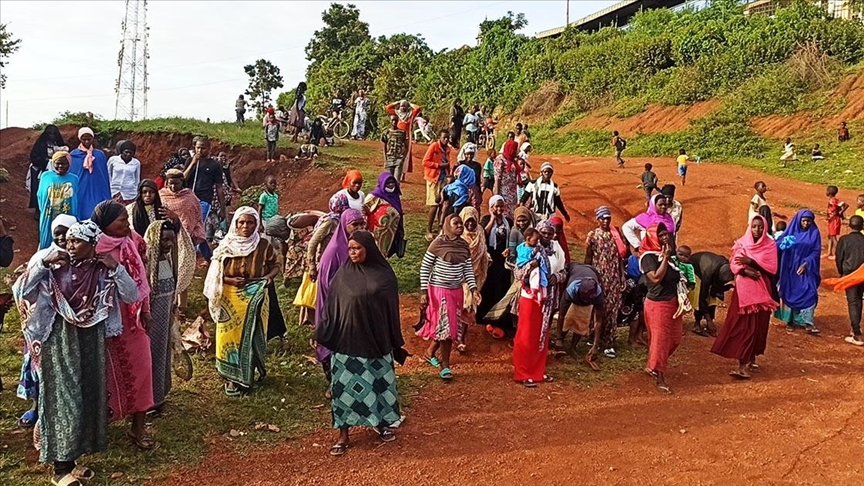

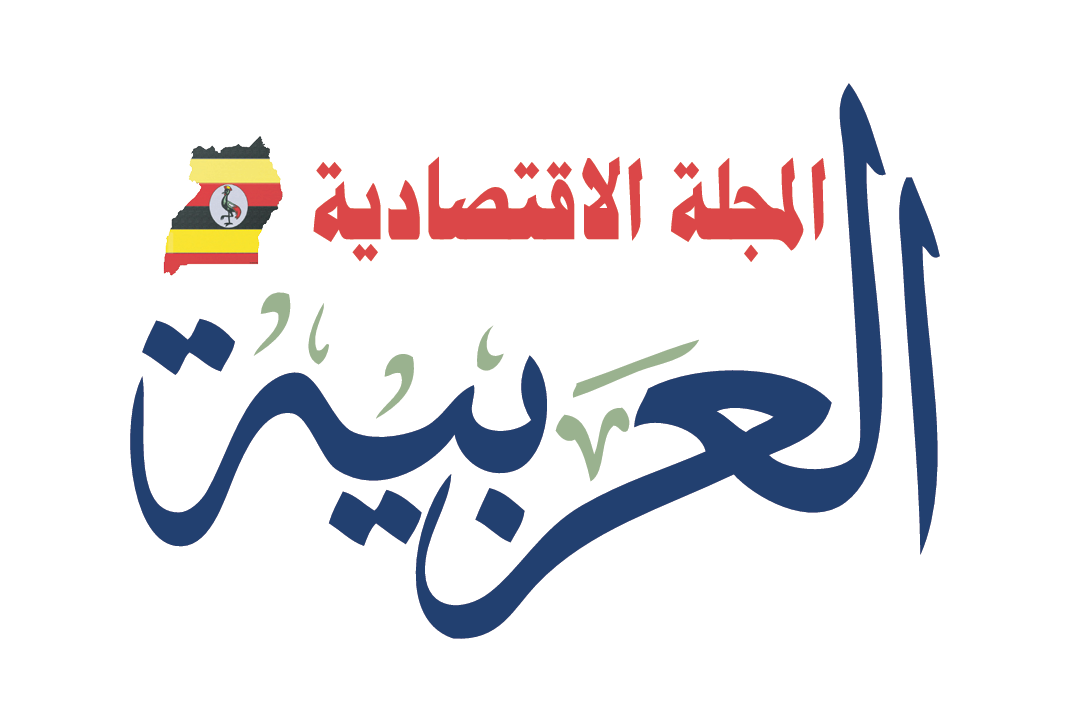


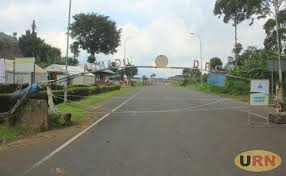

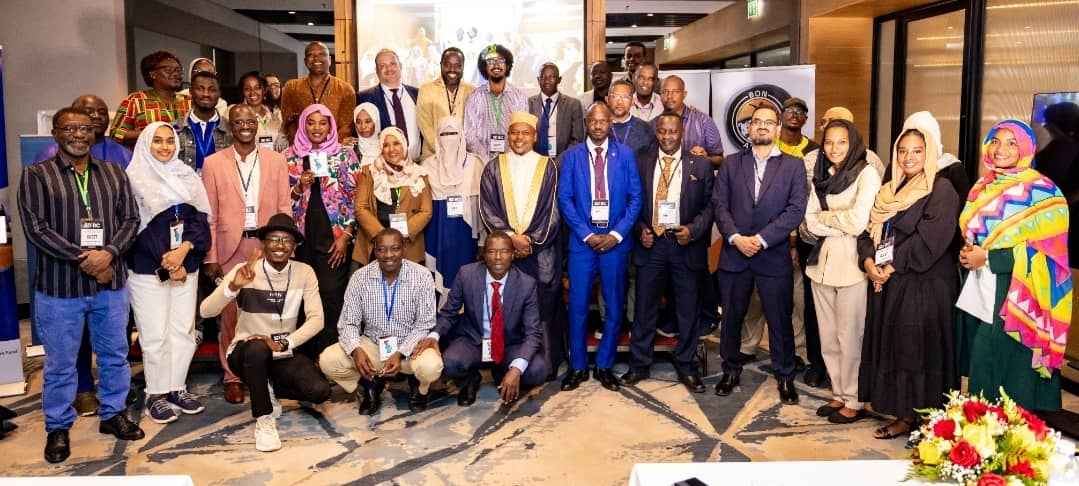
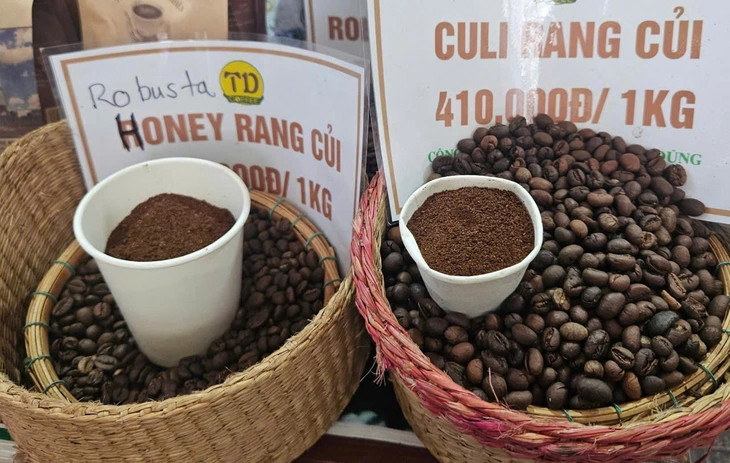
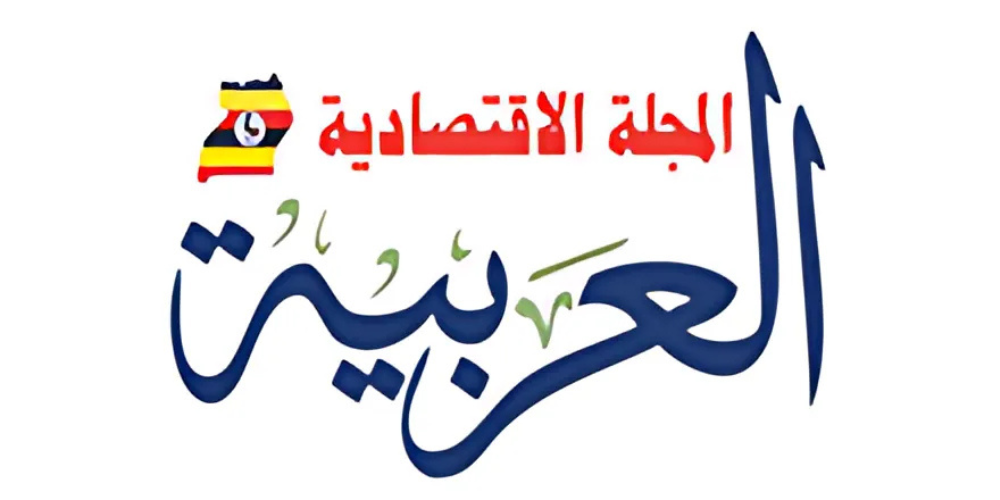
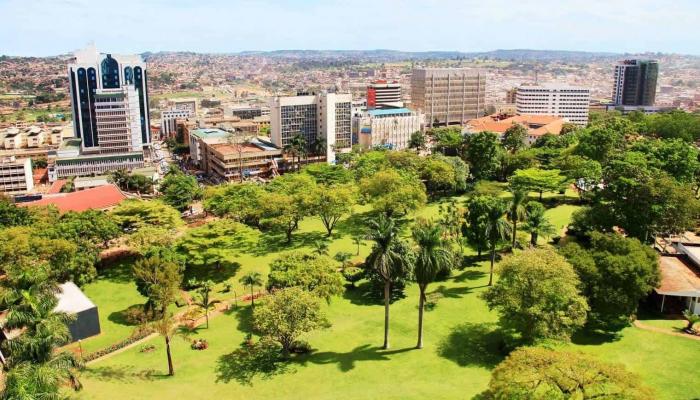
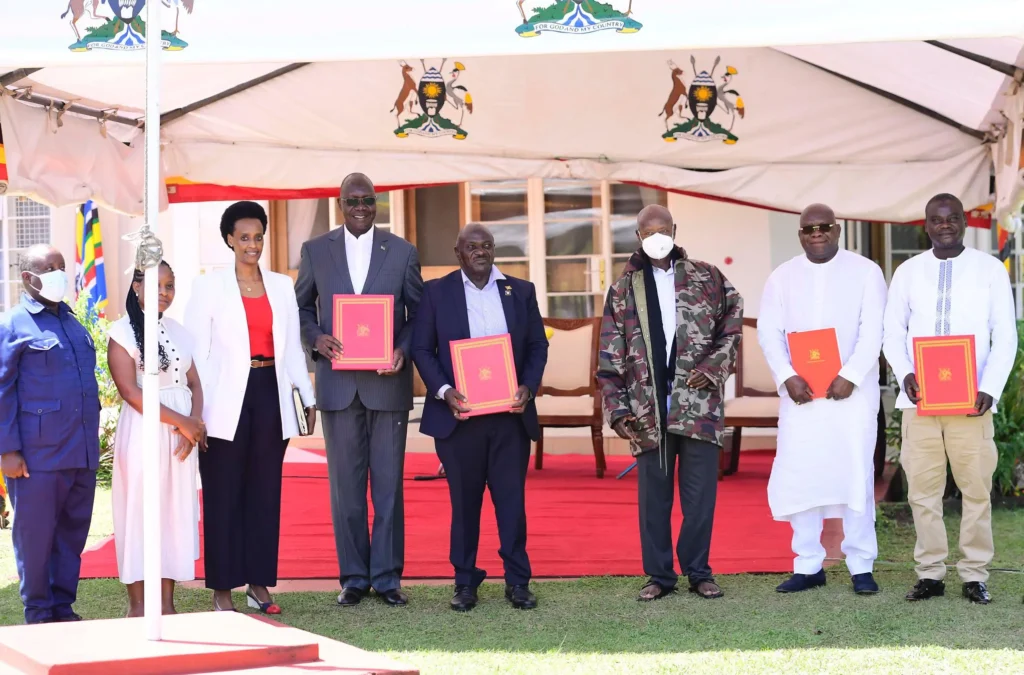


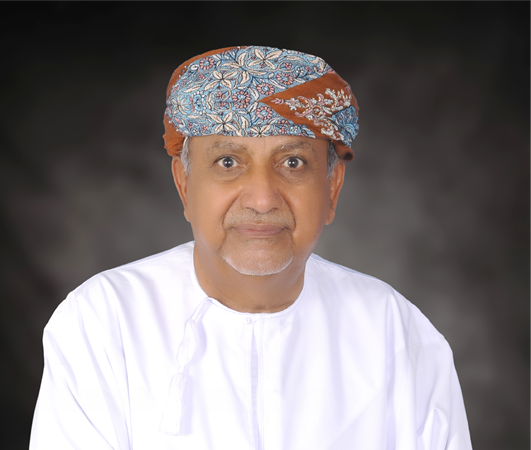
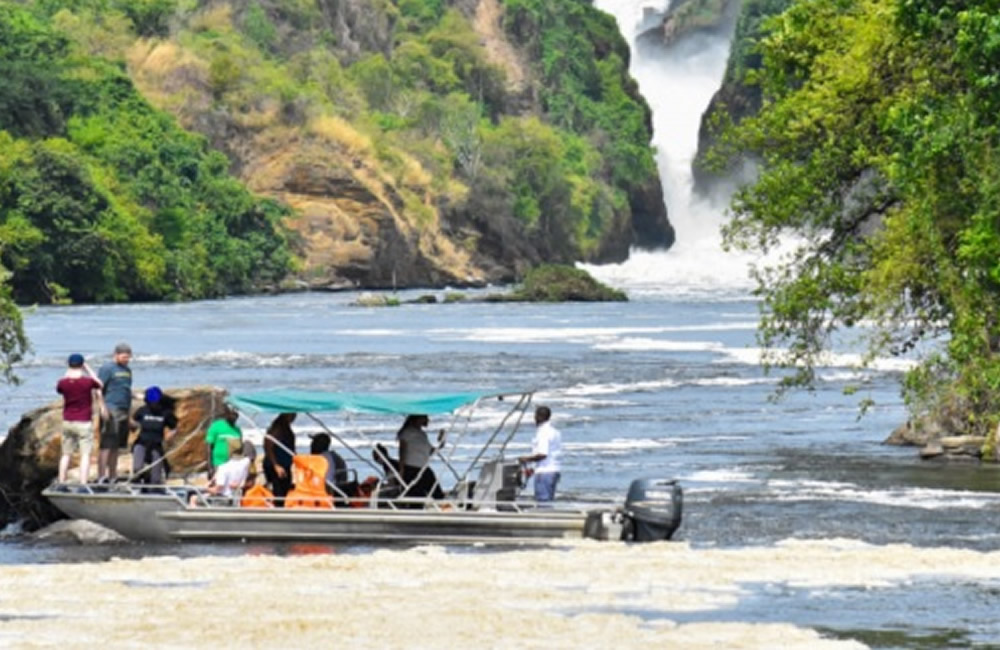
Comments
0 commentsNo comments yet. Be the first to comment!
Be the first to share your opinion about this article!
Add Comment